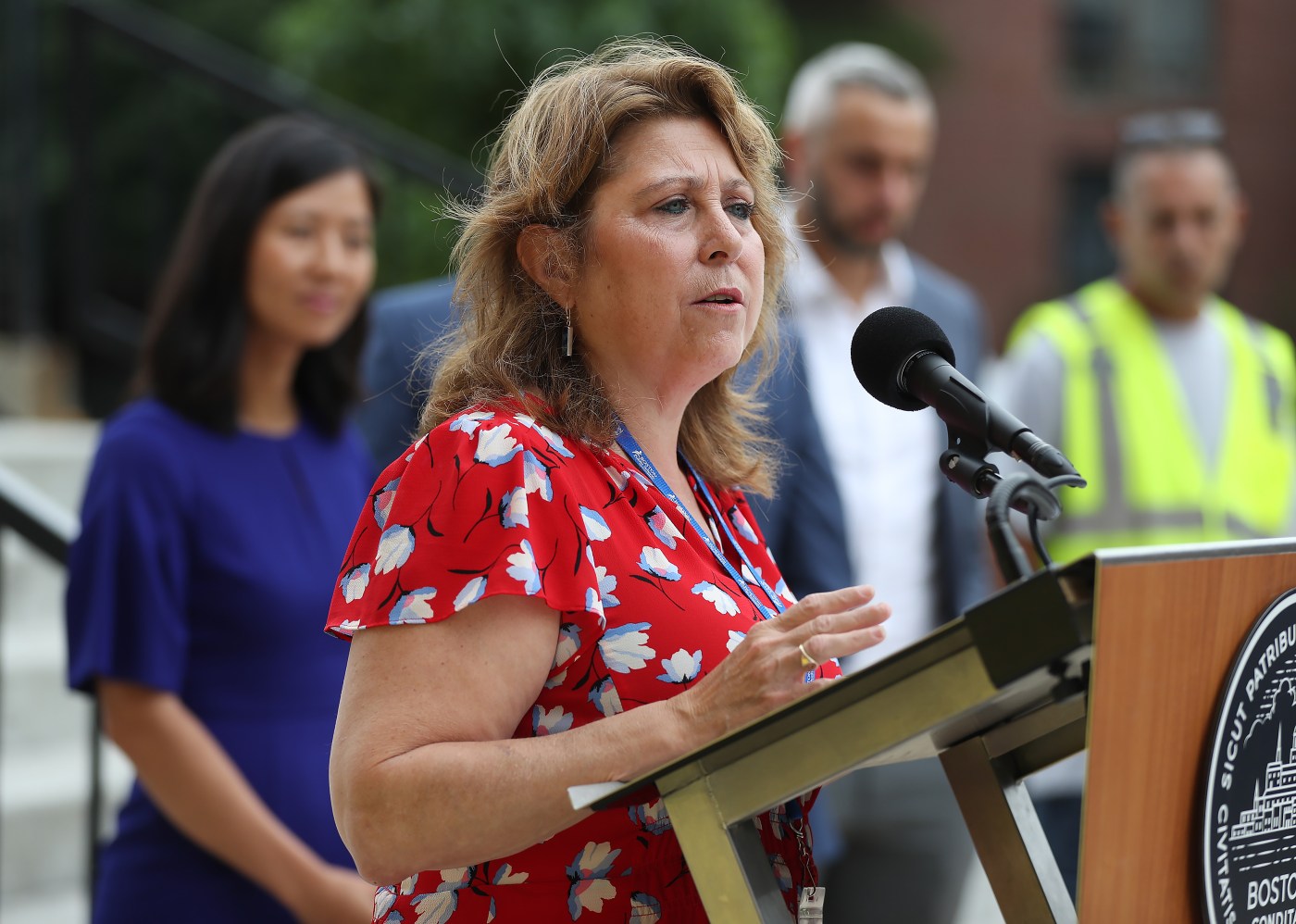
Long-term BPS facilities plan stirs uncertainty over dozens of schools’ future, but Skipper clarifies district ‘will not be closing half of our schools’
As enrollment drops and elderly facilities wear down, the long-awaited, plan for BPS’s facilities cast doubt on the future of dozens of school buildings — though Superintendent Mary Skipper reassured school leaders that early reports saying half of facilities could close were not correct.
“We as a system will not be closing half of our schools nor does the long-term facilities plan imply we should or would,” Skipper wrote in a letter to school leaders addressing a report by the Boston Globe. “The plan does outline something we all already know: many of our buildings do not meet the full needs and aspirations of our students and, over the next several years and likely decades, we must invest in facilities that will.”
The BPS Long-Term Facilities Plan comes months after the Systemic Improvement Plan mandated the district create a comprehensive plan to address aging and faulty infrastructure. That plan is an agreement between the district and the state education department.
BPS is the oldest public school district in the country, the plan notes, plagued by “decades of limited investment and deferred decision-making” and the “principles of institutional racism” embedded within the physical footprint.
The plan states it “does not include a list of specific new projects, because specific decisions must come through community engagement” — an omission many school community members have previously critiqued as too broad — but does include “new data and new tools” for future priorities and planning. The release also does not get into further detail on budget specifics, projected enrollment trends, or timeline goals.
Going forward, leadership will use the data and tools to “propose school mergers (the joining of two or more school communities), closures, reconfigurations, renovations, as well as new builds,” Skipper, Mayor Michelle Wu and School Committee Chair Jeri Robinson state in a foreword. This process, they add, will “be uncomfortable and will cause disruption.”
The facilities plan outlines information on the age — noting over 60% are over 80 years old — and capacity of buildings and enrollment data. Enrollment has declined from 56,000 in the 2006-2007 school year to 48,500 in 2022-23, with proportionally the largest decrease in the Black student population and the largest increase in Latinx/Hispanic students.
“As our student population has shifted and pedagogical practices have evolved, investment in our school buildings has not kept pace with the needs of our students and communities, leading to inequitable access, experiences, and outcomes, which in turn has led to further decline in enrollment,” the plan states.
Among the planning tools in the release are defined Educational Specifications, Building and Architectural Standards and four Model Space Summaries. These tools outline targets the buildings should meet, pointing the district in the direction of fewer schools and larger schools.
Related Articles
O’Bryant School move: BPS still open to compromises, Michelle Wu warns district must ‘move urgently’
BPS proposes tweak to exam schools entrance
Lawsuit claims negligence against Boston Public Schools after alleged rape of girl, 9, on school bus
DCF social worker built intricate narrative of an ‘extremely traumatized child’ over years to enroll in BPS high schools, prosecutors say
Within the section on the possible future range of school buildings under the Model Space Summaries, the district details there are 87 school buildings currently and outlines the current students could be better fit in a minimum of 40 to a maximum of 80 schools of various sizes. For grades 7-12 schools, there are currently 31 school buildings, and the model suggests 19 to 24 buildings.
This outline stirred debate over whether about half of all BPS schools — 59 of 119 — could be closed. This interpretation, Skipper said in her email, is “based neither in the reality of the plan itself nor the process with which we will make decisions about facilities in the years to come.”
BPS officials will hold a public Zoom webinar on the plan on Wednesday, Jan. 17, and community members can register for facility planning workshops throughout February and March.


